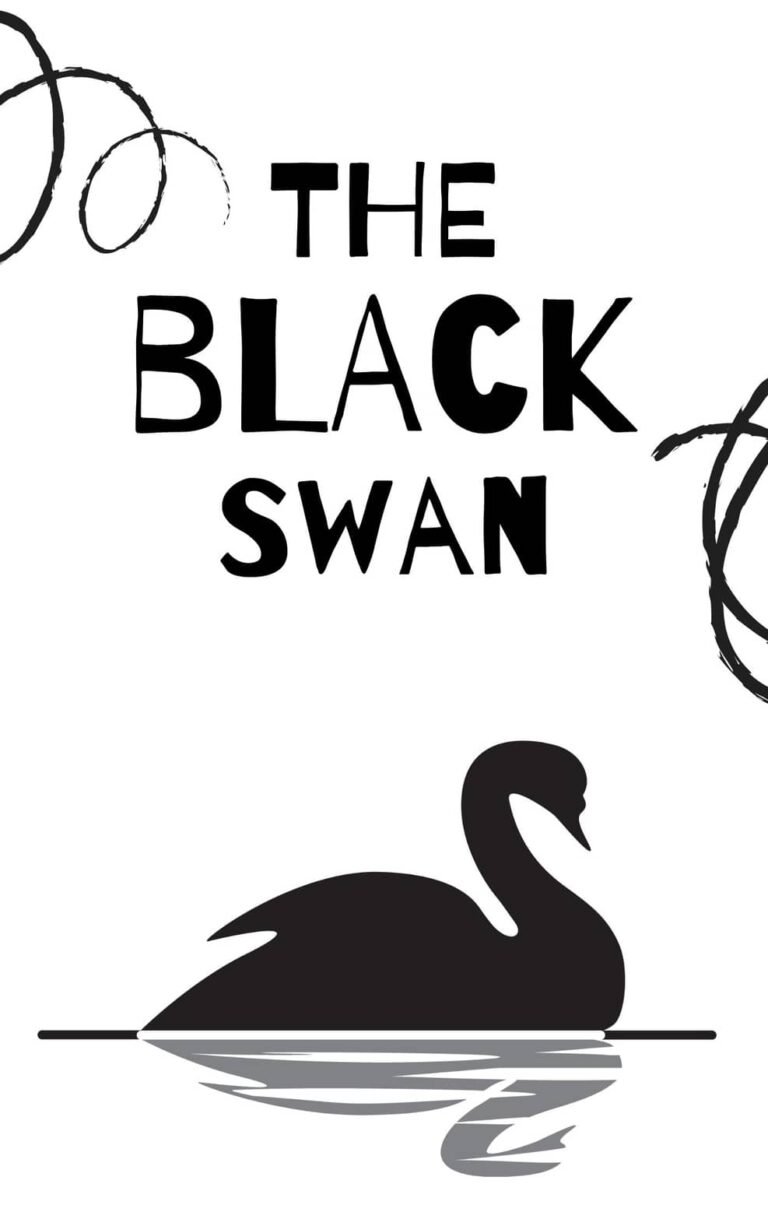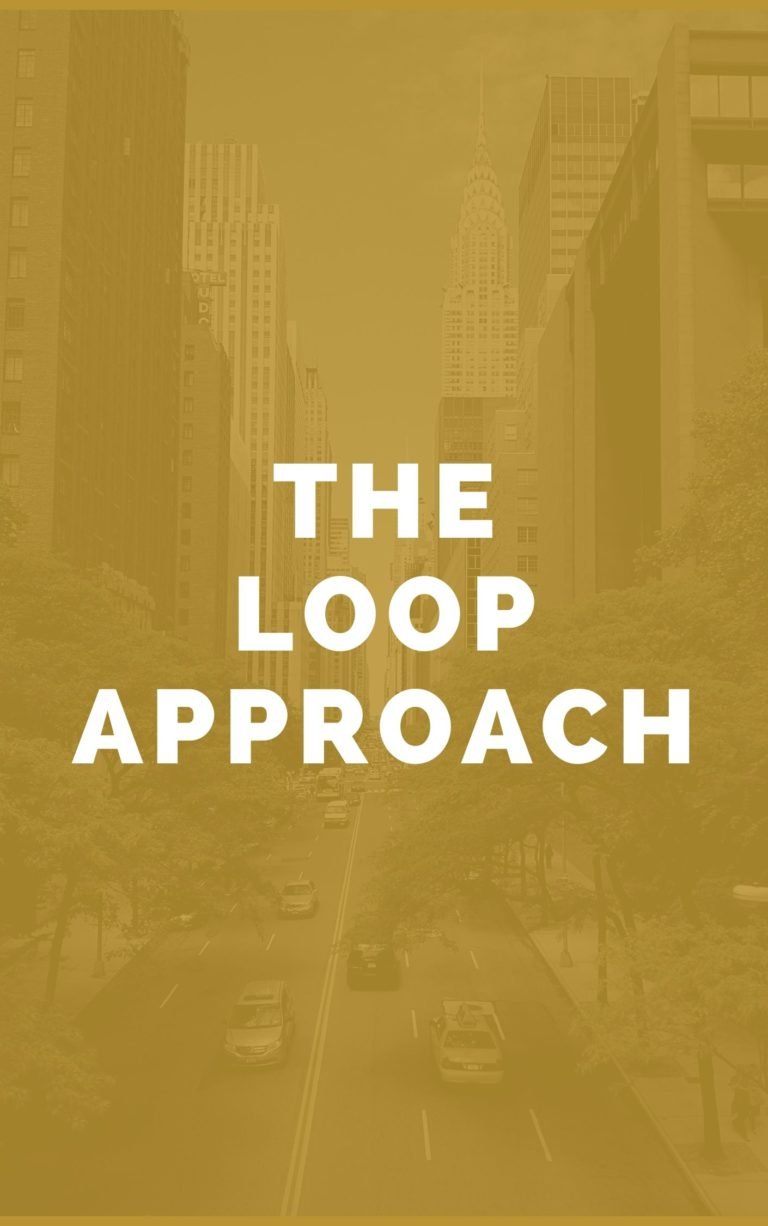Positioning – The Battle for your Mind | Book Summary
The Battle for Your Mind
Al Ries and Jack Trout
Rating: 8.0
“Ries and Trout taught me everything I know about branding, marketing, and product management. When I had the idea of creating a very large thematic community on the Web, I first thought of Positioning.”
-David Bohnett, Chairman and Founder of GeoCities
In this book summary of ‘Positioning: The Battle for Your Mind’, you learn about what you do to the mind of the prospect. Put another way, it’s how you differentiate yourself in the mind of your prospect.
“The basic approach of positioning is not to create something new and different, but to manipulate what’s already up there in the mind, to retie the connections that already exist.”
– Positioning: The Battle for Your Mind, Book summary
Contents
Be the first one
“The easy way to get into a person’s mind is to be first.”
– Positioning: The Battle for Your Mind, Book summary
To be #1 in your category, for example, the #1 car rental service (example used in the book), being the first is a huge advantage. It means that you’ve positioned yourself in the prospects (your potential customers) mind first. And it’s hard to take a company down from the first spot.
The analogy that is most often used in the book is a ladder. If you’re the top rung on the ladder, it’s very hard for 2nd highest rung to become the top (think Coke vs. Pepsi in cola’s, or McDonalds vs. Burger King in burgers). That takes us to the next key takeaway:
“The mind, as a defense against the volume of today’s communications, screens and rejects much of the information offered it. In general, the mind accepts only that which matches prior knowledge or experience.”
– Positioning: The Battle for Your Mind, Book summary
If you’re not first, create your own ladder
Instead of trying to fight for a position in the prospects mind as the best cola, or the best fast food burger, your best bet is to position yourself in a different créneau, or niche. Essentially, creating a new ladder for yourself.
To stick with the car rental example (and now I’m going to start to make up these examples, but they’re relevant :), if the #1 car rental service in the country is positioned as the best car rental service in the prospect’s mind, then position your brand differently. Be the best car rental service for business trips or the best car rental service for trips in Africa & Asia.
“Positioning is an organized system for finding a window in the mind. It is based on the concept that communication can only take place at the right time and under the right circumstances.”
– Positioning: The Battle for Your Mind, Book summary
The goal is to try to STOP going head-to-head with the #1 in your category, and to create your own ladder to be #1 of. In the end, this is could be a good strategy for beating your competitor somewhat less directly. Just because you are positioned as the best service for Africa & Asia, doesn’t mean people won’t see you as the best in Europe. In fact, being more selective in your marketing can help you grow in unpredictable ways.
Instead of having the best burger, maybe you have the best fries?
Echo what is already in your prospects minds.
Often times, when trying to plan a marketing strategy, teams look inward. You may have a brainstorm with your team, or think about how YOU see your business (or want to see it), and build your strategy around projecting that. Positioning says to look outward.
“Don’t play semantic games with the prospect. Advertising is not a debate. It’s a seduction.”
– Positioning: The Battle for Your Mind, Book summary
Position your business the way that it is already seen in your prospects mind. Does your company think it is the most convenient, but your customers see you as having the best customer service?
Keep pushing on what your customers, and prospects already see as your strengths.
“The most difficult part of positioning is selecting that one specific concept to hang your hat on. Yet you must, if you want to cut through the prospect’s wall of indifference.”
– Positioning: The Battle for Your Mind, Book summary
The name of your brand matters!
This one seems to be self-explanatory, but the name of your brand is important. The name of your brand will automatically hold a position in the prospects mind, so keep it relevant.
Consider some top brands like Kleenex, Brauny, and Cottonelle, each of them may seem like just a random name, but look again and you’ll see how they each relate to the position they want the brand to hold in your mind.
“Successful positioning requires consistency. You must keep at it year after year.”
– Positioning: The Battle for Your Mind, Book summary
Don’t line extend
This is an important one, that is also one that surprised me a lot. Line extending is when you have a strong brand like Coke, and then decide to use the same brand name on a new product. There are of course some areas where line extension may make sense, but often times you should be weary of line extension.
“What’s called luck is usually an outgrowth of successful communication.”
– Positioning: The Battle for Your Mind, Book summary
For example, if you were Coke, and decided to start a new juice brand, it’d be in your best interest not to name that brand Coke Juice. Line extension dilutes your brand, and also makes it more difficult for your brand to hold a strong position in the prospects mind. Is Coke a cola company, or are they a juice company now? When you do that, you run the risk of the #2, like Pepsi, who may still hold a strong position in Cola, taking the top spot.
“The essence of positioning is sacrifice. You must be willing to give up something in order to establish that unique position.”
– Positioning: The Battle for Your Mind, Book summary
It is very difficult, if not impossible, for a single brand to hold a position in the prospects mind on 2 different ladders. So, don’t risk it, and create a new brand. The book offers a lot of great examples for this, so I’d suggest reading it for those details.
Peg your brand against other brands
If your brand is on the newer side, then you may benefit from pegging your brand against a brand that your prospects are already very familiar with. I think an obvious one is something along the lines of: The Rolls Royce of X. Everyone automatically associates the Rolls Royce brand with luxury and glamour. It’s the best of the best.
“The mind, as a defense against the volume of today’s communications, screens and rejects much of the information offered it. In general, the mind accepts only that which matches prior knowledge or experience.”
– Positioning: The Battle for Your Mind, Book summary
Currently, I work at a kids clothing company, FabKids. We’re a smaller brand compared to some giants like GapKids, H&M, or Target, and we could easily position our selves against one of these brands. And, like the Rolls example, it doesn’t have to be in any defamatory way. For instance: FabKids is the Target of online kids clothing stores. Automatically, you may think of us as being affordable, fast-fashion. But, in this statement, I’m trying to differentiate us as being the online version of Target, which eludes us from being online-only, and possibly us having a superior online shopping experience.
A summary of “Positioning: The Battle for Your Mind” by Russell Brunson. Check out Make Me Read for summary of the best business books.






